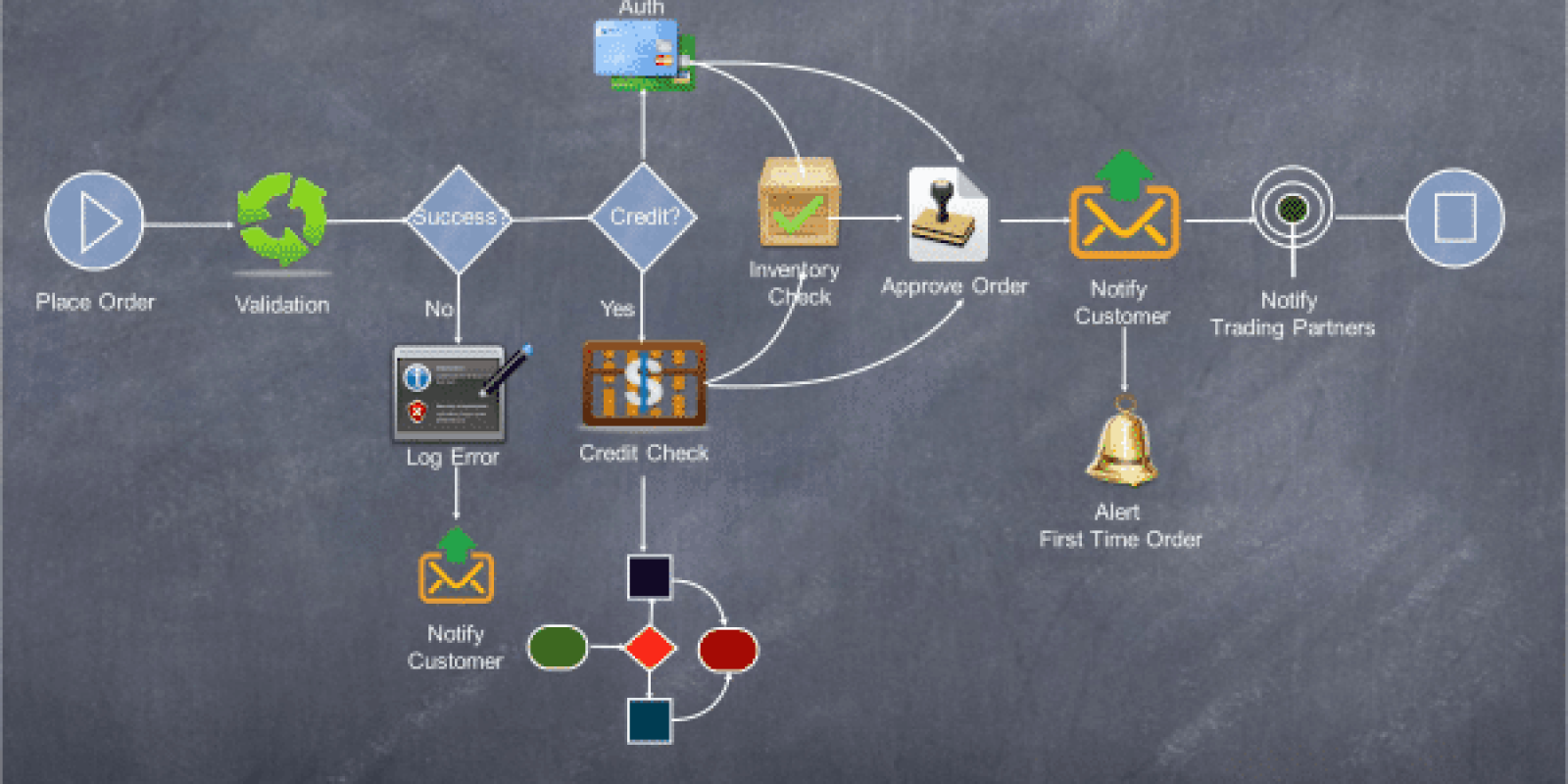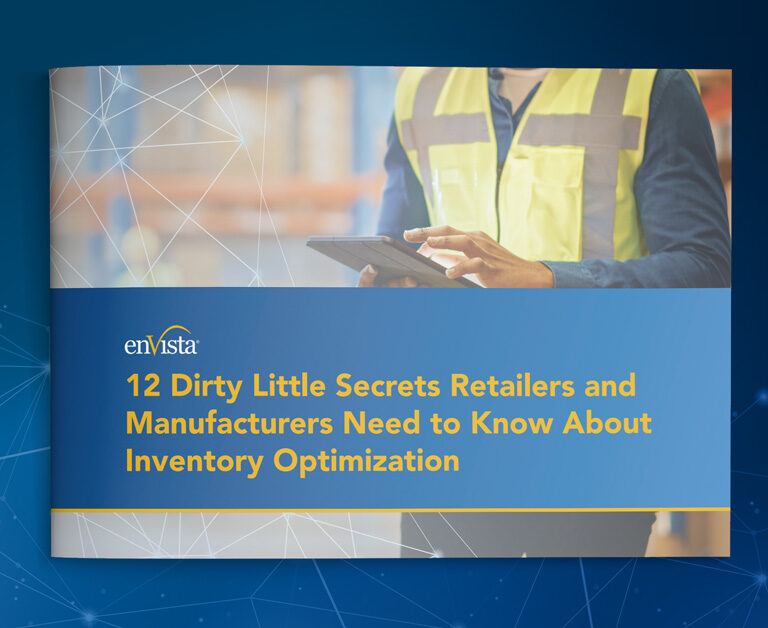Moving from Multi-Channel to Omnichannel
Today, and into the foreseeable future, retailers must move past multi-channel retailing to omnichannel retailing. While the two are similar, omnichannel focuses on creating a homogeneous customer experience across all channels. The customer experience is brand focused, versus channel focused. Brick-and-mortar stores become part of the retailer’s overall supply chain and should be considered an inventory and fulfillment source to meet the demands of their customers.
Getting Inventory to the Right Place at the Right Time
The retailer’s challenge is how to plan, optimize and execute the right inventory at the right place at the right time to meet or exceed the customer experience. A successful omnichannel retailer is capable of capturing orders (demand) from an e-commerce website(s), social media (e.g. Facebook and Twitter), brick-and-mortar stores and kiosks. The retailer must have the ability to fulfill orders from any place, which may include drop-shipping from a vendor, single or multiple distribution centers (DCs), a store and even a competitor. Finally, the retailer needs to deliver orders to customers when they want it and with order integrity (right item, right quantity and without damage).
The goal is to meet or exceed the customer expectations and create brand loyalty by being transparent with content and context. The world of retailing must move from pushing out content to allowing customers to pull content in from multiple sources. However, such transparency comes with risks and requires a retailer to have tightly integrated applications, with relatively near-time customer order information (forward and reverse).
Omnichannel fulfillment creates additional complexity; the retailer must plan and buy the right amount of inventory across each channel. In addition, the retailer must maintain and optimize ALL customer, item, inventory and order attributes. An omni-channel strategy also requires a significant investment in technology infrastructure, functional applications and an integration framework.

12 Dirty Little Secrets Retailers and Manufacturers Need to Know About Inventory Optimization
Get the low-down on the secrets retailers and manufacturers need to know about inventory optimization.
A key solution to omnichannel fulfillment complexity is a Distributed Order Management solution (or what industry experts now refer to as Enterprise Commerce Flow). Enterprise Commerce Flow (ECF) is an integration framework with a functional user interface, business process orchestration (BPO) and a rules engine. Once an order is taken, the Enterprise Commerce Flow solution orchestrates and determines where and how the order is fulfilled.
When the order is orchestrated within the BPO, a rules engine then determines the priority, allocation and sourcing logic based upon customer, item and order attributes. For example, a VIP customer’s orders are fulfilled before a non-VIP (determined by a customer attribute), the order is fulfilled from two DCs rather than one DC because the customer is a VIP (determined by item and inventory attributes), and the order is then upgraded from standard delivery to next day at no cost to the customer (determined by an order attribute).
The example above is a simplistic, clear demonstration of how an Enterprise Commerce Flow solution supports an omnichannel retail environment. Another complexity in omnichannel retailing is the need to integrate with numerous point-to-point solutions. Native to ECF is an integration framework, or Enterprise Service Bus (ESB). The role of the ESB is to connect, transform, register, orchestrate, route, secure, manage and notify data from disparate solutions.
For omnichannel retailers, this equates to integrating and normalizing data from the Product Information Master (PIM) or ERP for item master data; Point of Sale, Warehouse Management and ERP for perpetual inventory by location; and e-commerce, Point of Sale, ERP, and social media solutions for order capture and content. Additional item, order and customer attributes require integration to a PCI compliant solution for credit authorization, CRM and vendor and customer portals (B2B).
In order for big box and specialty retailers to maintain or capture new market share, Enterprise Commerce Flow must be included as part of an overall IT road map or strategy. The alternative is to customize an existing legacy ERP and hard code the business process orchestration and rules to prioritize and optimize the order flow. Typically, many retailers have customized their legacy ERP solutions and created point-to-point integration in order to manage their omnichannel supply chain network. Customized or one-off point-to-point integration, combined with customer work flow and rules to manage every order, item and customer attribute combination, is expensive to build, maintain and typically difficult to scale in order to meet the needs of merchants, planners, e-commerce marketing, store operations and supply chain executives.
The future is about servicing a customer from any place, at any time and to anywhere globally. It is easy for a retail analyst to pontificate on the importance of omnichannel retailing, but the rubber hits the road when it comes to supply chain planning and execution. Regardless of marketing and sales campaigns, creative social media and great merchandise, if the retailer does not have the right inventory at the right location at the right time, there is a high probability that a sale will be lost, resulting in a negative customer experience. A tightly integrated framework and Enterprise Commerce Flow solution allows senior executives to be innovative and creative and to push the boundaries on servicing their customers and creating brand loyalty.
Learn more about enVista’s omnichannel retail services.







